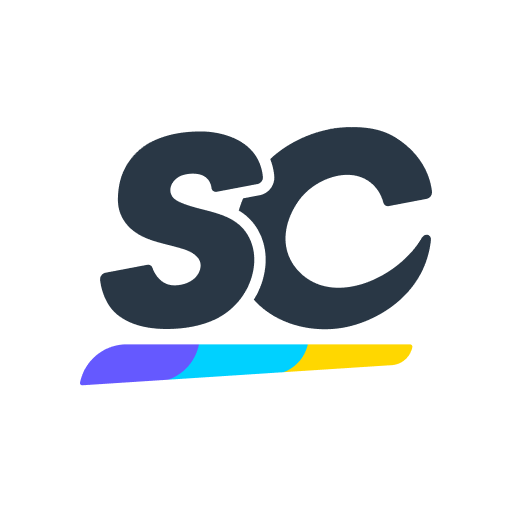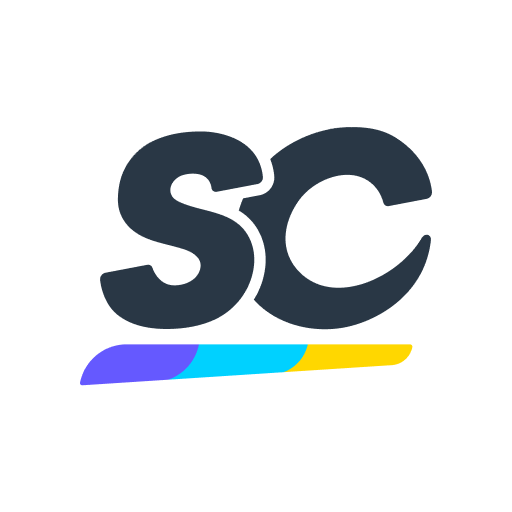Information
-
Description of works:
-
Client details (inc address):
-
Planned start date:
-
Planned completion date:
-
Contractor details:
-
Worksite details (if different than client main address)
-
Name of site supervisor (include mobile no.)
-
Name of person with health & safety responsibility (include mobile no.)
-
Emergency contact details (include mobile no.)
-
EMERGENCY PROCEDURES - in the event of an emergency, the following should be contacted:
-
First aid provision:
-
Location of nearest hospital:
-
Welfare facilities:
-
Sequence of works - (this list is an overview of planned activities. Changes can be made as works progress):
-
Associated hazards (this list is an initial overview of hazards associated with the planned activities. These may change as works progress. Control measures to reduce the level of risk are listed in the task risk assessment and/or generic assessments).
- work at height/excavations
- use of chemicals
- asbestos
- work with live services
- fire and emergencies
- manual handling
- work equipment and machinery
- confined spaces
- violence/aggression
- slips, trips, falls
- flammable gases/atmospheres
- hot works
- electricity
- noise
- vibration
- radiation
- biological hazards
- stress
- transport (vehicles & plant)
- pressure systems
- dust and/or fumes
- repetitive works
- extreme temperatures ( hot/cold)
- lifting machinery
- dse/seating/workstation design
- lone working
- waste handling
- inclement weather
- other
Tap to enter information
-
List any 'other' hazards here:
-
Permits to work (include the name and contact details for the person on site with responsibility for issuing permits. Also list which work tasks will require permits to work):
-
Key plant & equipment:
-
Work at height (if applicable, include details of equipment being used, fall protection measures and also rescue plans):
-
Hazardous substances (include, if necessary, reference to asbestos, cleaning products, adhesives, coatingsand solvents. MSDS sheets will be available when identified items are being used):
-
Site access and egress (including access for personnel, vehicles, and arrangements for delivery of materials):
-
Site security:
-
Environmental and waste management:
-
Communication and co-operation with others working in the area (inc. The client, other contractors &visitors):
-
Prepared by:
-
Further revisions completed:
-
Revision 1:
-
Revision 2:
-
Revision 3:
-
Revision 4:
-
Revision 5:












